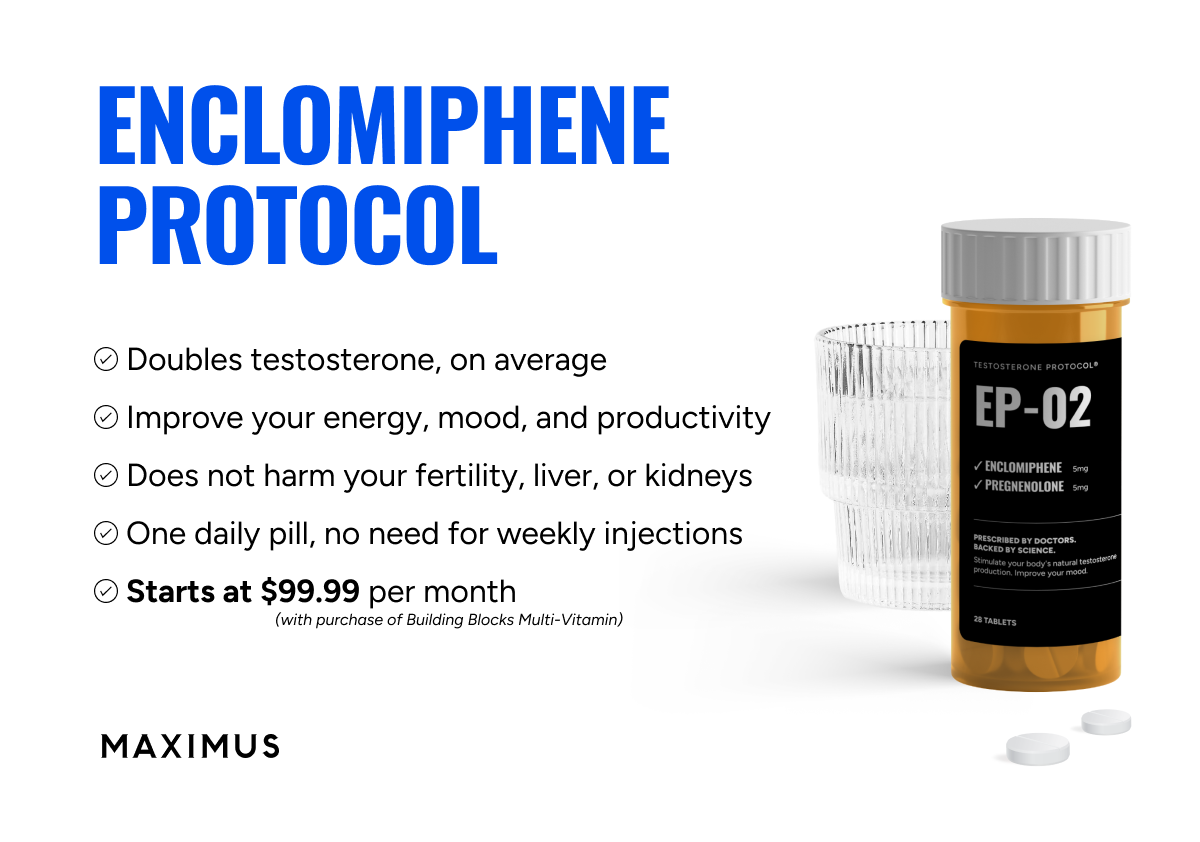I recently had by TT using the LC/MS-MS method and got 837ng/dl. I used the Dialysis method to test for FT and got 8.4ng/dl. Normal range for TT is 264-916ng/dl. Normal range for FT is 5.2-28.0ng/dl. This equates to 1.5-3.2%. My FT is only at 1% using this method.
When I use the TruT calculator I get 27.77ng/dl, which is over 3%. Albumin 4.2, SHBG 52 and TT 837.
For me there does not seem to be any real correlation between using the more accurate dialysis test for FT and the TruT method.
Comments?????
Before jumping to conclusions.....I would say that there is a strong possibility of lab error.
Find it hard to believe that with aTT 837 ng/dL even with an SHBG 52 nmol/L on the higher end (far from very high) that your FT tested using Equilibrium Dialysis is only a dismal 8.4 ng/dL.....almost bottom end of the reference range of 5.2-28.0 ng/dL.
Seems very odd.
Where were your labs done and I would like you to post lab work just keep your personal information covered up.
Even though Equilibrium Dialysis is considered the gold standard/most accurate method for testing FT (reference method against which other methods are compared) followed by Ultrafiltration (next best) they are both suffer from chance of errors.
Reappraisal of Testosterone’s Binding in Circulation: Physiological and Clinical Implications
-----------------------------------------------------------------------------------------------------
Equilibrium dialysis and its various embodiments
Equilibrium dialysis is widely considered the reference method against which other methods are compared. It is technically demanding, and its performance is affected by assay conditions, which can result in high assay variability (192). Typically, the equilibrium dialysis procedure involves the dialysis of serum or plasma samples across a semipermeable cellulose membrane with a low-molecular-weight cutoff; protein-bound testosterone is retained, whereas free testosterone equilibrates across the dialysis membrane and can be measured in the dialysate either directly using a liquid chromatography-tandem mass spectrometry (LC-MS/MS) assay or immunoassay or indirectly using a tracer. Indirect methods require adding a trace amount of radioactively labeled testosterone to the sample, and after equilibrium has been achieved, the proportion of tracer in the dialysate provides a measure of the percentage of free testosterone. Because free testosterone concentration can then be calculated by multiplying the percentage of free fraction with the total testosterone concentration obtained from the same sample in a separate assay, accurate determination of total testosterone levels is necessary for accurate determination of free testosterone levels by this method.
Although a diligently conducted equilibrium dialysis assay accurately measures free testosterone level, the method is fraught with operator-dependent errors. The protocol itself is labor-intensive, requiring repeated purification of the radioactive tracer, and is not readily amenable to high throughput. Even some large commercial diagnostic laboratories have stopped offering this assay.
Although equilibrium dialysis is widely considered to be the gold standard for measuring free testosterone, this method is subject to various sources of error that may contribute to inaccuracy and imprecision. For instance, the dilution of serum or plasma may disturb the equilibrium between SHBG and its ligands (193).
Results may also be altered when solutes become attached to the dialysis apparatus or membrane or when there is unequal distribution of free ligands between the two compartments as a result of (1) inadequate time to reach equilibrium; (2) release of materials from the plate or membrane that interferes with the determination of concentration; and (3) the Donnan effect at low ionic strengths, which alters the distribution of charged particles near a semipermeable membrane so that they may not distribute evenly across the two sides of the membrane (194, 195). The ionic strength and pH of the dialysis buffer and the temperature at which dialysis is performed affect the equilibrium and the estimates of binding parameters. The batch-to-batch variability in adsorption characteristics of dialysis plates from different manufacturers may be an additional source of interassay variation. The Centers for Disease Control and Prevention’s (CDC’s) hormone standardization program is invested in improving clinical assays and minimizing factors that affect measurement variability (196).
Effects of temperature variations
Steroid binding is affected by the temperature and may be 2.5 times higher at 4°C than at 37°C (9, 197, 198). The seminal testosterone-binding experiments were performed at varying temperatures—some studies were performed with ice-cold ammonium sulfate (4°C) (2) or at 25°C (9), which may affect binding equilibrium (Table 1). For example, in a separate study characterizing temperature effects on cortisol protein binding by the equilibrium dialysis method, raising the temperature from 37°C to 41°C led to an increase of ∼80% in serum free cortisol level (199).
Effects of assay buffer composition and buffer volumes
The composition and ionic strength of the dialysis buffer affect the results of equilibrium dialysis experiments. Experiments should ideally be performed using a dialysis buffer with an ionic composition that resembles that of human plasma, but this has not been the case in all studies. The assumption that the concentration of free ligands is equal on both sides of the membrane at equilibrium is not always valid (Table 1). Most proteins have a charge and accumulate a set of neutralizing counterions. The Donnan effect, discussed previously, is a consequence of maintaining the overall electrical neutrality of the solution and may give spurious evidence of an association between a ligand and a protein of opposite charge when charged counterions are present in the buffer. Differences in the ratios of volumes of dialysis buffer to sample may also affect estimates of free testosterone; when the binding is nonlinear, the decrease in total analyte concentration can alter the free fraction (Table 1).
Alteration of equilibria during physical separation of free and bound testosterone fractions
Traditional assays for determining stoichiometry and association constants usually involve separation of bound and free forms of testosterone using equilibrium dialysis, ultracentrifugation, ammonium sulfate precipitation, or other chromatographic separation methods with a subsequent Scatchard plot of the ratio of bound testosterone to unbound testosterone [(bound/free testosterone); ordinate] plotted against the bound testosterone concentration [(bound); abscissa] (200). The Scatchard analysis is a method of “linearizing” data from a saturation binding experiment to determine binding constants and estimates of stoichiometry of the noninteracting sites. However, under several experimental conditions, the underlying assumptions in the Scatchard analysis are not met, and the use of the Scatchard analysis may yield inaccurate parameter estimation (Table 1)
Achieving standardization of dialysis conditions across laboratories has been difficult, resulting in substantial interlaboratory variations in reported results. Authors who measure free testosterone by equilibrium dialysis should provide details about their methodology to ensure reproducibility and interlaboratory comparability.
-----------------------------------------------------------------------------------------------------
Now getting back to why I think your FT result 8.4 ng/dL could be due to a lab error.....we have had other members test FT using Equilibrium Dialysis or Ultrafiltration and their results seemed to be comparable to the TruT calculated if we look at it in the basic sense of trying to convert units such as you have (I will follow up on this further down my post).....but the main issue is the reference ranges between testing methods from the various labs for FT by Equilibrium Dialysis or Ultrafiltration are different and not on the same scale as TruT.....so until reference ranges are standardized and there are harmonized reference ranges for Free Testosterone as have been previously done for Total Testosterone (CDC and its Hormone Assay Standardization program) than doubtful you could do an accurate comparison.
-----------------------------------------------------------------------------------------------------
Lack of Standardization of Free Testosterone Measurement Methods and Unavailability of Harmonized Reference Ranges for Free Testosterone
Le
et al. (222) surveyed 120 academic and community laboratories in the United States to characterize the distribution of assays and the associated reference values for free testosterone. In all, 84% of the surveyed laboratories sent their samples for free testosterone measurement to larger centralized reference laboratories (222). These large commercial laboratories offered a variety of methods, including ultracentrifugation, radioimmunoassay, and calculation-based algorithms, as well as equilibrium dialysis (222). Many clinical laboratories used calculated free testosterone based on published linear equations (3).
The laboratories reported wide variations in the reference ranges. Only 30 of the laboratories surveyed would confirm that validation studies had been performed, and the authors advised that reference ranges provided by manufacturers and laboratories should be interpreted with caution.
In a survey of 12 academic laboratories, 12 community medical laboratories, and one national laboratory, Lazarou et al. (223) found 17 and 13 different sets of reference values for total and free testosterone, respectively, which were established largely without clinical considerations. Recently, Bhasin et al. (224) reported reference ranges for calculated free testosterone concentrations in a large, rigorously collected sample of community-dwelling men. In healthy young men of the Framingham Heart Study who were 19 to 40 years of age, the lower limit of the normal range, defined as the 2.5th percentile of calculated free testosterone, was 70 pg/mL (242.7 pmol/L) (198).
Clinical Implications and Recommendations
Male hypogonadism is a clinical condition characterized by the presence of typical signs and symptoms in the setting of consistently low serum testosterone concentrations. The Endocrine Society guidelines currently suggest measuring free testosterone levels in men in whom total testosterone concentrations are near the lower limit of the normal range and in men with conditions that affect SHBG concentrations and render total testosterone a less reliable index of gonadal function (206). If the free hormone hypothesis is correct, free testosterone should serve as the benchmark for biochemical confirmation of hypogonadism.
Accurate determination of free testosterone values is therefore central to an accurate diagnosis of hypogonadism.
The direct analogue assays for free testosterone determination are inaccurate and should not be used. However, a confluence of factors related to the regulatory process, economic considerations, and difficulties in performing equilibrium dialysis methods in many hospital laboratories has led to their surprising endurance despite their known inaccuracy. Historically, laboratory-certifying bodies, such as the Clinical Laboratory Improvement Amendments, have certified laboratories and assays mostly on the basis of process measures; unlike the CDC and its Hormone Assay Standardization program for testosterone, these bodies have generally not required accuracy-based benchmarks. Similarly, the requirement in the assay approval process for demonstration of comparability to a previously approved assay enables new tracer analogue assays to be approved because they can demonstrate comparability to previously approved analogue methods.
Equilibrium dialysis is the reference method for free testosterone determination, but this assay is not always available to clinicians in all hospital laboratories; in addition, there are substantial interlaboratory variations because of the lack of standardization of assay conditions, making it difficult for practicing endocrinologists to interpret free testosterone levels. Mechanisms to harmonize the equilibrium dialysis procedure across laboratories are needed. Until equilibrium dialysis methods can be standardized across laboratories, a computational framework that accurately captures the dynamics of testosterone to SHBG and HSA interactions in calculating free testosterone values is an unmet need for precise clinical diagnosis. The EAM appears to be an accurate and testable model for calculating free testosterone levels, but this model needs further validation in large populations.
Total testosterone, which can be measured with high accuracy using LC-MS/MS assays in CDC-certified laboratories, and free testosterone are highly correlated, and it is only in individuals with altered binding-protein concentrations that the associations begin to diverge. For the time being, we therefore suggest continuing to follow the Endocrine Society’s guidelines to measure total testosterone level and, in circumstances of suspected alterations in SHBG and albumin concentrations and/or binding, checking free testosterone level by equilibrium dialysis. Efforts are underway to standardize the procedures for free testosterone measurement and to generate harmonized reference ranges. Until that time, clinicians should be aware that inaccuracies in free testosterone measurements and calculations and poorly defined reference ranges can increase the risk of misclassification in the diagnosis of androgen disorders.
------------------------------------------------------------------------------------------------
Key points here:
*Efforts are underway to standardize the procedures for free testosterone measurement and to generate harmonized reference ranges. Until that time, clinicians should be aware that inaccuracies in free testosterone measurements and calculations and poorly defined reference ranges can increase the risk of misclassification in the diagnosis of androgen disorders.
From one of my previous threads.....and trust me when I tell you that the implementation of the TruT platform will be a big part of this!
Congress Funds AACC-Led Harmonization Initiative - AACC.org
The $1.3 trillion omnibus spending bill passed by Congress in March will fund efforts to harmonize laboratory tests, the culmination of more than a decade of AACC advocacy efforts. AACC worked closely with Rep. Kevin Yoder (R-Kan.) and other lawmakers, as well as a partnership of 17 clinical associations. The bill provides $2 million to the Centers for Disease Control and Prevention (CDC).
The agency plans to use the new funding for materials and monitoring that will enable harmonization of tests for free testosterone, thyroid stimulating hormone, and estrogen.
I will follow up regarding the other members results from testing their FT using Equilibrium Dialysis or Ultrafiltration.
Just need to dig up posts!













